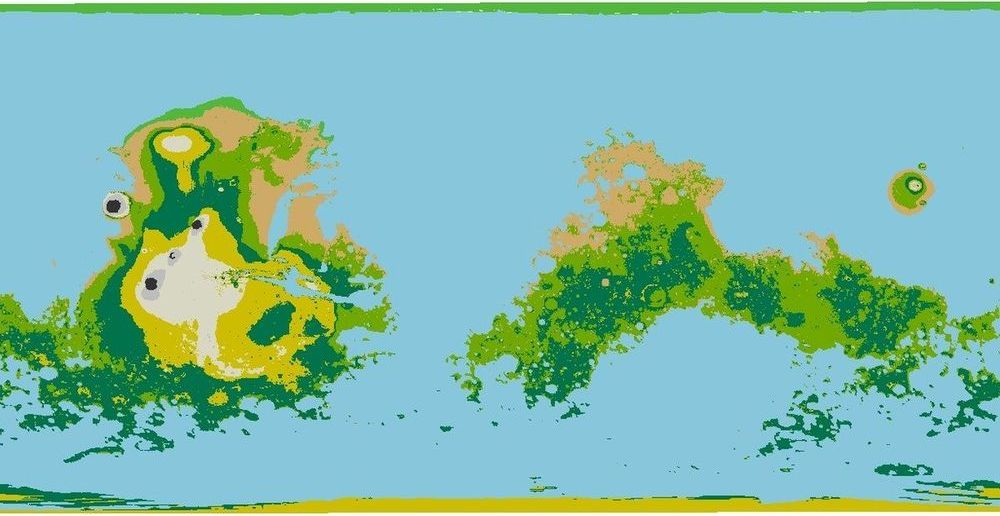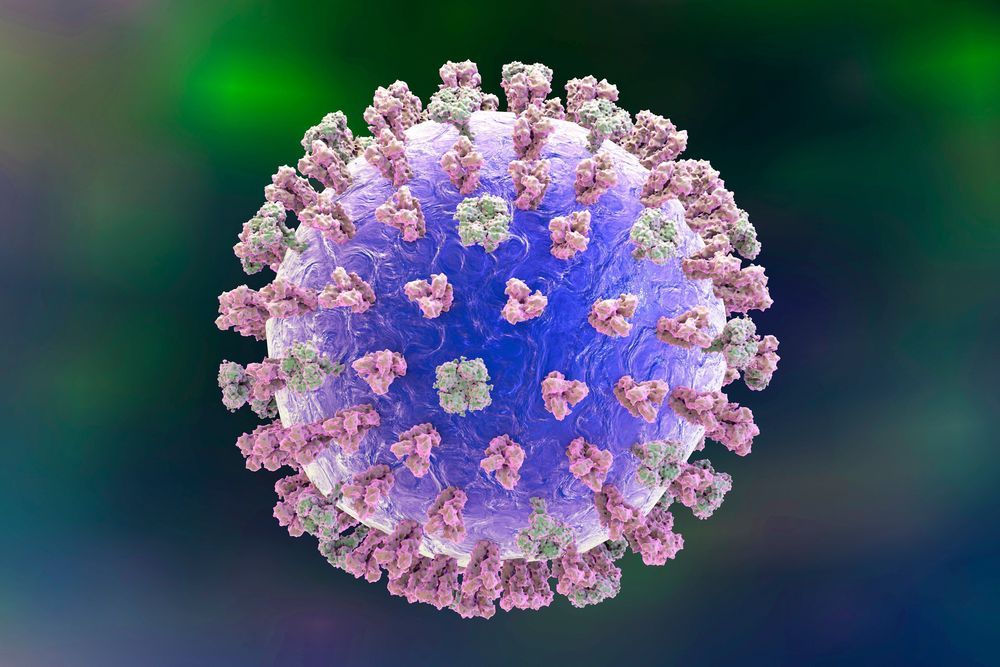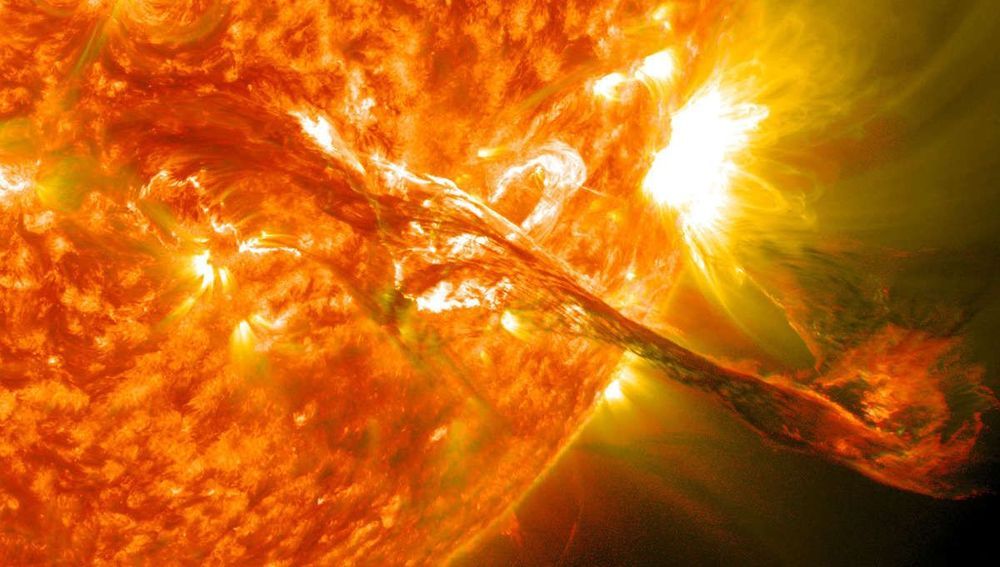A new map shows what the red planet would look like if 71 percent of its surface area was covered with water — around the same proportion as Earth.



tech2 News Staff Aug 07, 2020 13:06:46 IST
While new cases of the novel Coronavirus are still popping up in China, the country is facing yet another potentially contagious viral infection. This time, it’s jumping from ticks to people.
According to a report by Global Times, cases of the Severe Fever with Thrombocytopenia Syndrome (SFTS) virus first appeared in April and since then more than 37 people in East China’s Jiangsu Province have contracted with the virus and 23 people were found infected in East China’s Anhui Province. As of 6 August, around seven people have died from the infection.
Great interview with planetary scientist Isaac Smith, an expert on Mars polar science at York University in Toronto. Well worth a listen.
Three spacecraft are currently en route to Mars, but none will visit the poles. Yet Mars’ poles drive much of the Martian climate. And their understanding is key to deciphering what might have been happening on the Red planet some 3.5 billion years ago when it had lakes, deltas, rivers, and perhaps even transient oceans. I’m very pleased to welcome planetary scientist Isaac B. Smith of York University in Toronto — an expert on Mars polar science and exploration — to discuss the need for a Martian polar lander as well as a broader look at Mars science.

An intriguing new study, from a team of Swiss researchers, has revealed neural activity during REM sleep in a particular region of the brain known to affect appetite and feeding behaviors significantly influences waking eating patterns.
Despite a hefty volume of robust study, REM sleep is still a mysterious and unique sleep phase. Named after the rapid eye movements that occur in all mammals during this sleep phase, it has also been referred to as paradoxical sleep, due to the strange similarity in brain activity between waking states and REM sleep.
The new research homed in on a brain region called the lateral hypothalamus. This tiny brain region, found in all mammals, is known to play a fundamental role in food intake, compulsive behavior, and a number of other physiological processes.



For the first time, scientists have detected neutrinos coming from the Sun’s core that got their start via the CNO process, an until-now theorized type of stellar nuclear fusion.
This is really cool, but it’ll take a bit of explaining.


Hypersonic weapons are the next frontier of great power competition between the United States, Russia, and China. The Army and Navy want to expedite the development of the missile and hope to field it in 2023.
Their latest missile test was a success.
By Caleb Larson
Report Advertisement
The Army recently released footage of their newest hypersonic missile, the Common Hypersonic Glide Body. The missile, jointly developed with the Navy, is intended to provide a measure of deterrence against adversaries, and to preserve America’s battlefield edge, if necessary.

Could find the coronavirus kill switch and shut it off then let the immune system eat the remainder.
A single protein derived from a common strain of bacteria found in the soil will offer scientists a more precise way to edit RNA.
The protein, called AcrVIA1, can halt the CRISPR-Cas13 editing process, according to new research from Cornell, Rockefeller University and the Memorial Sloan Kettering Cancer Center published in the journal Science July 3.
“We’re expanding our scientific toolbox to effectively use a CRISPR without causing side effects,” said co-author Martin Wiedmann, Ph.D. ’97, the Gellert Family Professor in Food Safety and director of Cornell’s Food Safety Laboratory and Milk Quality Improvement Program. “Thanks to this bacterium, we’re getting a chance to turn off and on our ability to make changes to RNA.”